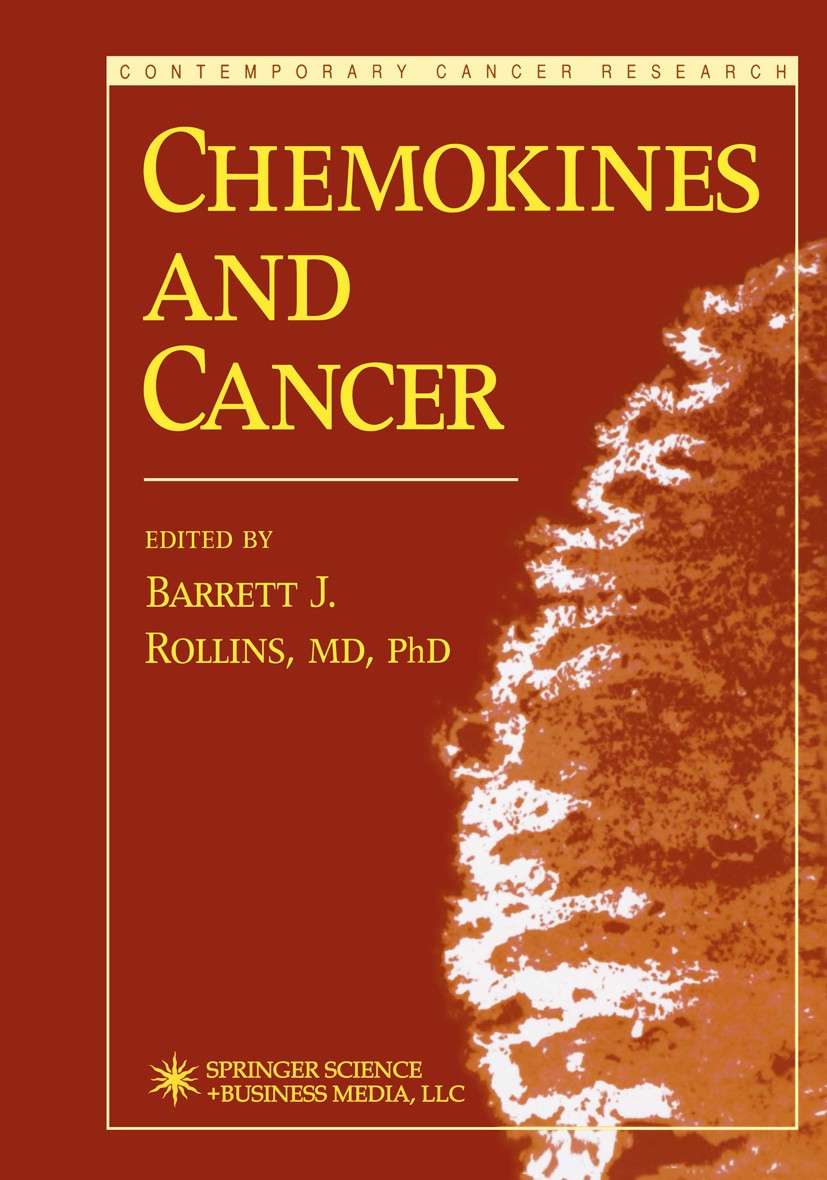| 书目名称 | Chemokines and Cancer | | 编辑 | Barrett J. Rollins | | 视频video | http://file.papertrans.cn/225/224914/224914.mp4 | | 丛书名称 | Contemporary Cancer Research | | 图书封面 |  | | 描述 | Chemokines and Cancer synthesizes a state-of-the-art understanding of the role that chemokines and their receptors play in the pathophysiology of malignancy. It examines the influence ofchemokines on a broad array of malignant cells, including their effects on such intrinsic properties as growth and movement, as well as exploring their influence on the host‘s response to a growing tumor. The authors also demonstrate the physiological consequences of chemokine expression and suggest how chemokines can be used to regulate tumor growth in vivo, including their direct effects on tumor growth, on tumor destruction by host inflammatory cells, and on tumor angiogenesis. The only book available that relates chemokines to cancer, Chemokines and Cancer holds out the promise ofnovel therapeutic approaches to malignancy through the manipulation of chemokines and/or their receptors. | | 出版日期 | Book 1999 | | 关键词 | angiogenesis; carcinogenesis; cell; cytokines; melanoma; metastasis; stem cell; tumor; tumor growth; tumorige | | 版次 | 1 | | doi | https://doi.org/10.1007/978-1-59259-701-7 | | isbn_softcover | 978-1-4757-4760-7 | | isbn_ebook | 978-1-59259-701-7 | | copyright | Springer Science+Business Media New York 1999 |
The information of publication is updating

|
|
 |Archiver|手机版|小黑屋|
派博传思国际
( 京公网安备110108008328)
GMT+8, 2025-11-12 06:26
|Archiver|手机版|小黑屋|
派博传思国际
( 京公网安备110108008328)
GMT+8, 2025-11-12 06:26


